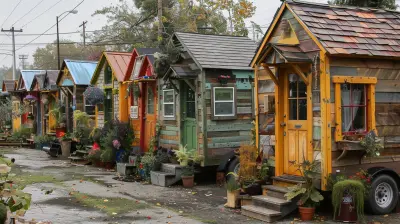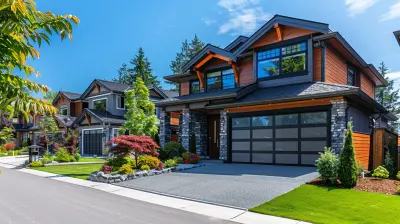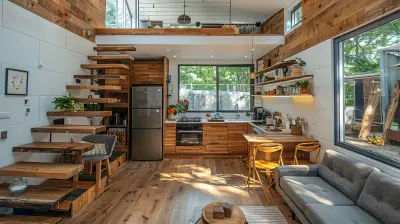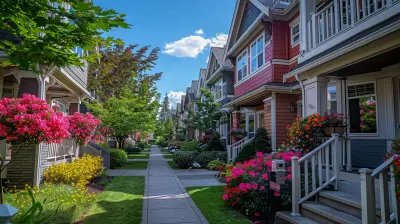How to Make Your Historic Home Pet-Friendly Without Sacrificing Style
13 June 2025
Owning a historic home comes with a certain kind of charm that modern houses just can’t match. From ornate moldings to weathered hardwood floors, there's undeniable character in those walls. But what happens when you add a four-legged family member into the mix? Suddenly, the vision of your dog sprinting down that 100-year-old hallway or your cat clawing at antique woodwork sends shivers down your spine.
Don’t worry—making your historic home pet-friendly doesn’t mean you have to compromise your style (or sanity). With the right blend of creativity, functionality, and a little tenderness, you can create a home that respects its roots while being totally tailored to your pets.
Let’s walk through how to strike that perfect balance.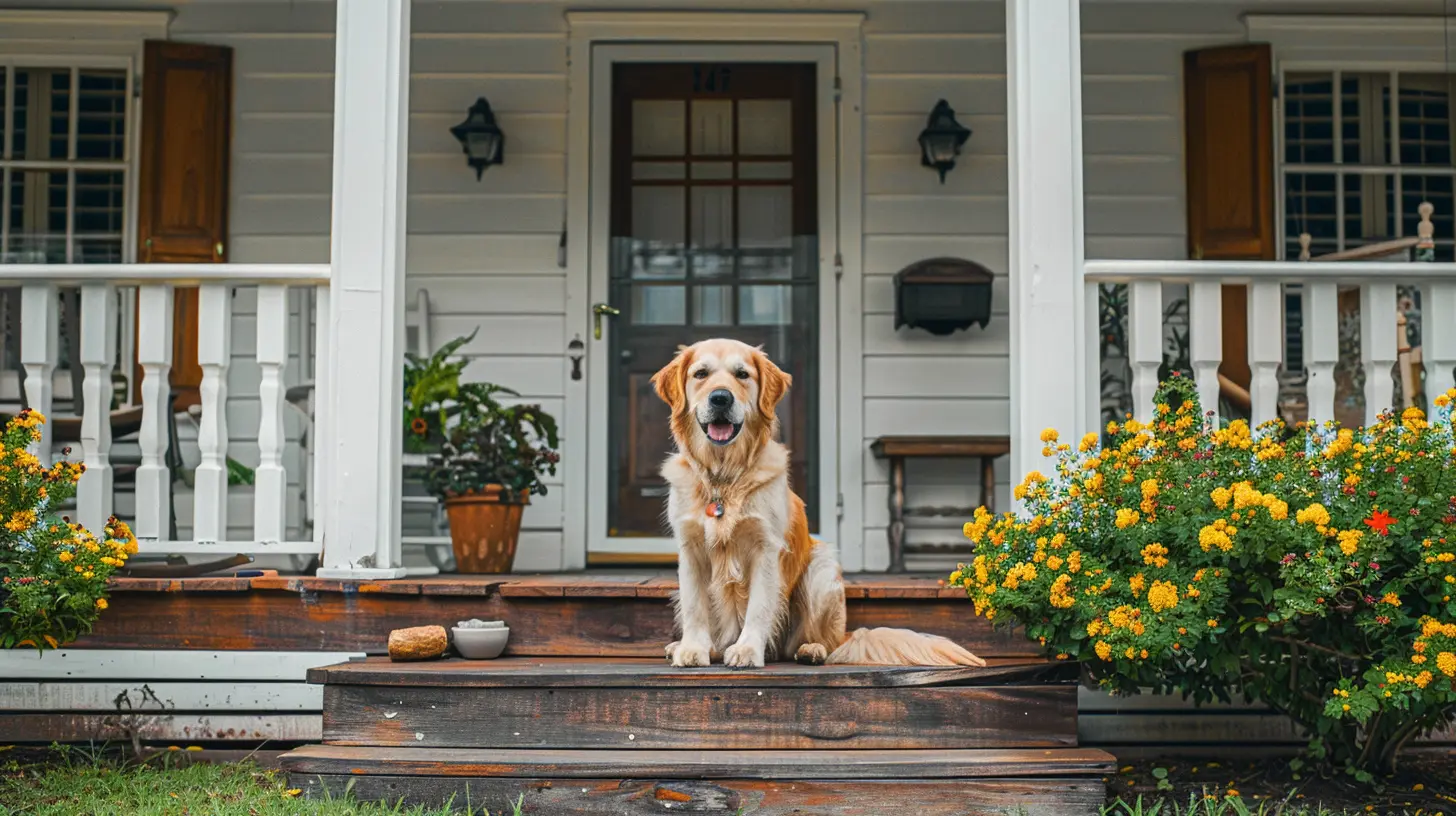
1. Understanding What Makes Your Home “Historic”
Before you start rearranging furniture or installing gates, take a moment to understand what makes your home historic. Is it the original hardwood flooring? The intricate crown molding? The clawfoot tubs or the antique fireplaces?Historic homes are usually protected under certain guidelines if they’re registered, which means you might not be able to make major structural changes without checking with your local preservation board. But don’t let that scare you off. Small, intentional changes can make all the difference.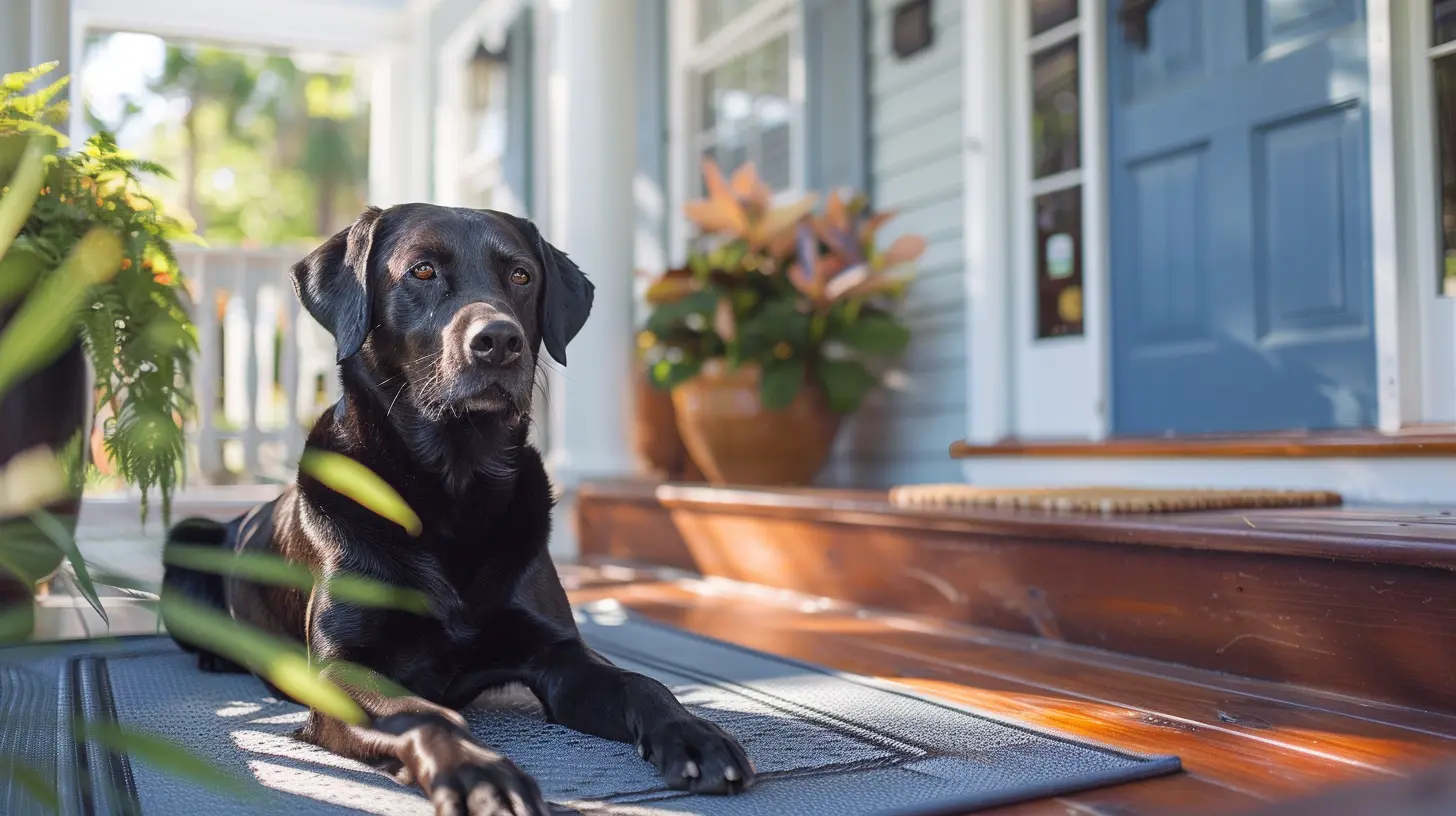
2. Let’s Talk Floors: Protecting Original Wood From Paws & Claws
Original wood floors are stunning, but they weren’t made for the zoomies. Pets—especially dogs with long nails—can cause scratches and wear over time.Here’s what you can do:
- Area Rugs and Runners: Place rugs in high-traffic areas. Not only do they add texture and warmth (hello, style), but they’re also a great buffer between paws and wood. Go for rugs with bold patterns or vintage flair to tie in with your historic home’s vibe.
- Trim Those Nails: Regularly trimming your pet’s nails or using nail caps (for cats) can significantly reduce damage.
- Pet-Safe Floor Sealant: Consider refinishing floors with a pet-safe, durable sealant that maintains that aged look while offering protection.
Think of it like giving your floors a stylish coat of armor.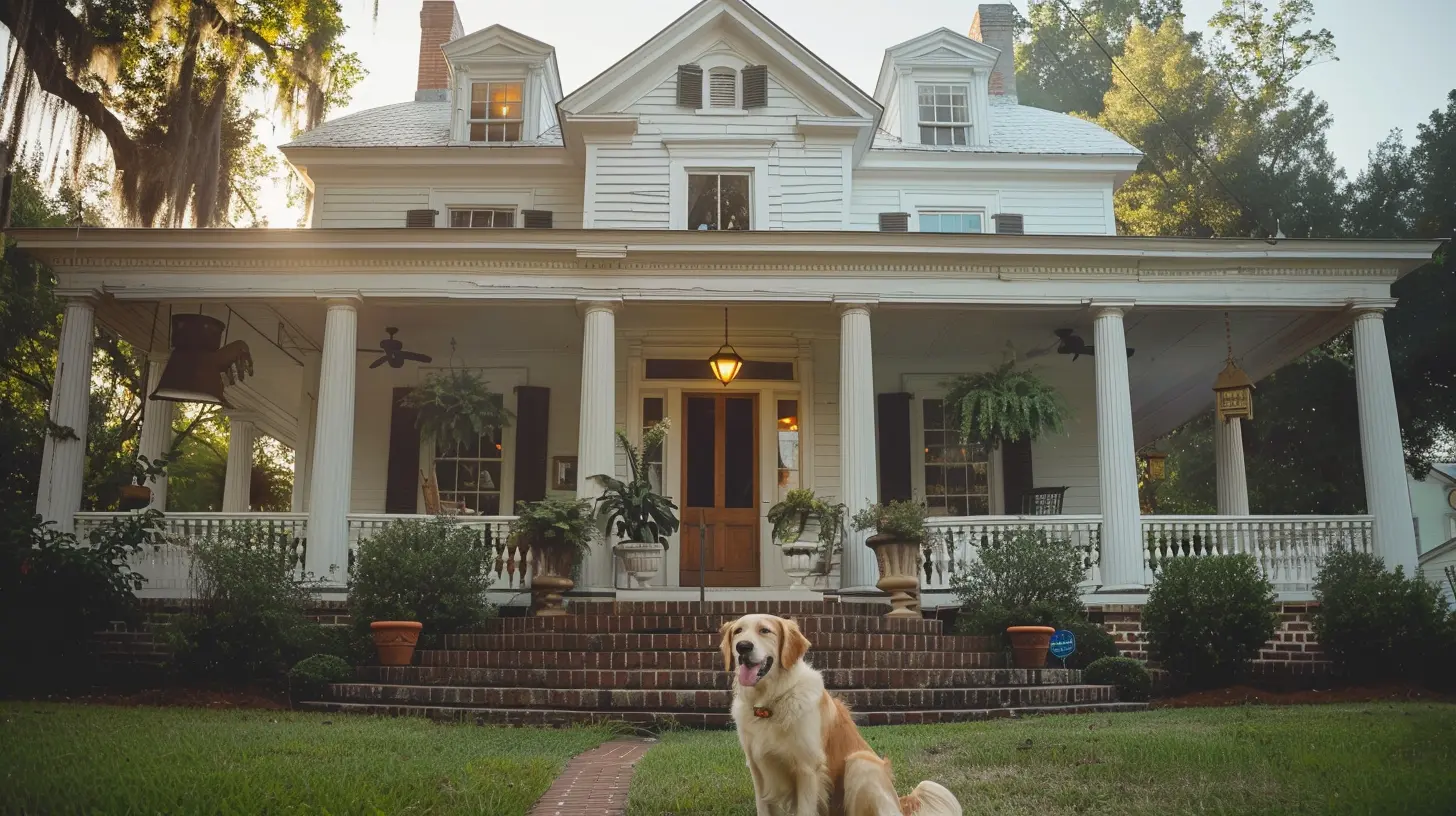
3. Reimagining Furniture for Human and Pet Coexistence
Your pets don’t care if your sofa is late Victorian or Mid-century Modern—they just want somewhere cozy to snooze. The key is finding pieces that serve both purposes.Dual-Purpose Furniture Ideas:
- Pet Crate Furniture: Ever seen a dog crate that looks like a side table? Genius, right? These blend right in and often come in classic wood styles that suit older homes.- Vintage Trunks as Pet Beds: A little DIY magic can turn an old trunk into a cushy pet bed. Bonus points if it matches your home’s aesthetic.
- Slipcovers: Have a historic-looking settee you love? Protect it with washable, neutral-tone slipcovers. They’re soft, easy to clean, and elevate the look while keeping pet hair in check.
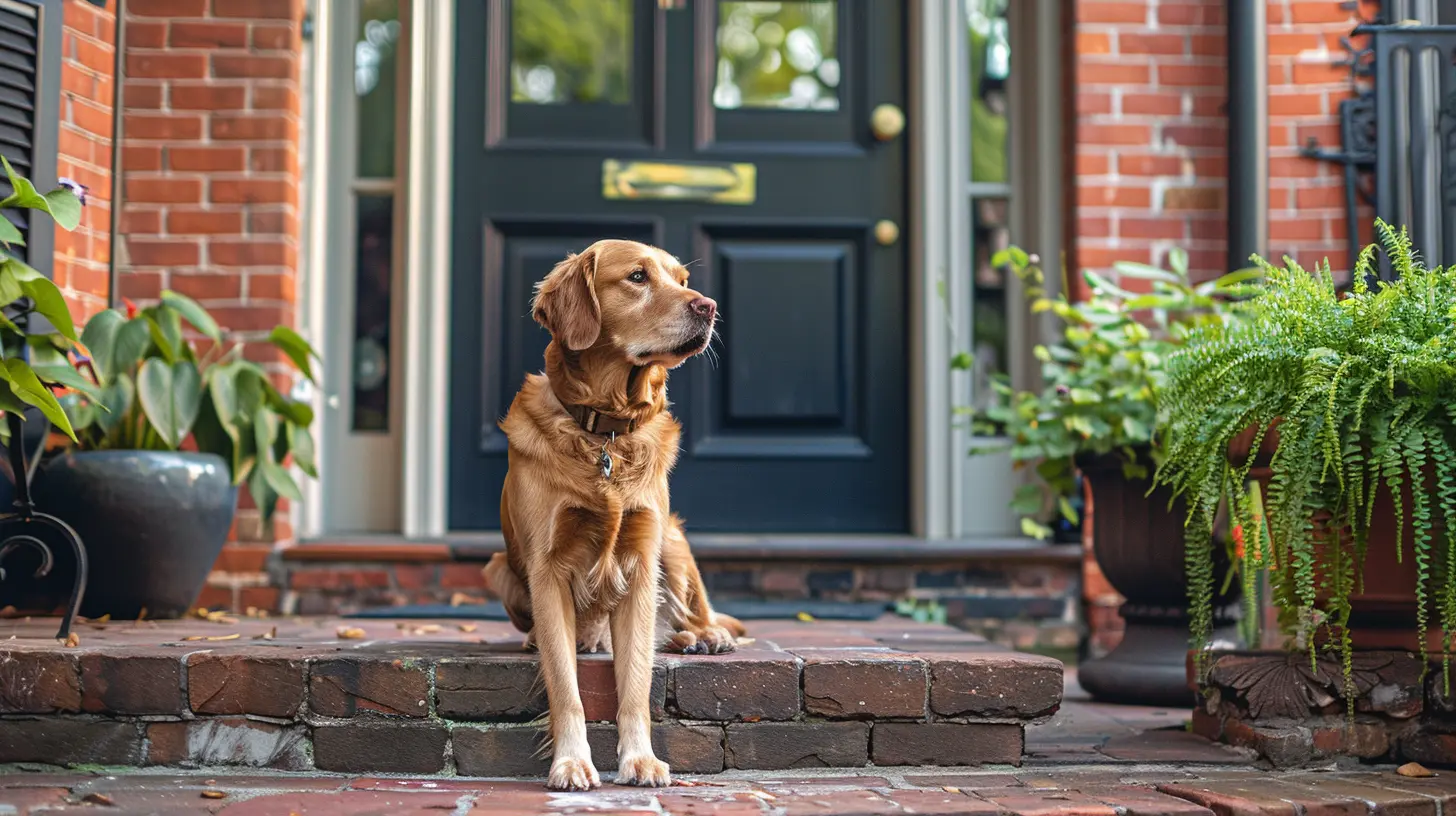
4. Choosing Pet Accessories That Compliment, Not Clash
Let’s be honest—most pet toys and accessories look like they were designed by a bored toddler. Neon. Plastic. Ugh.But you don’t have to sacrifice your home’s style for your pup’s chew toy. Here’s how to keep it classy:
- Aesthetic Pet Bowls: Look for ceramic or stoneware bowls in muted earth tones or vintage enamel styles.
- Stylish Pet Beds: Go for tufted, neutral fabrics or beds made from natural materials like wicker or wood. Bonus: many companies now make beds that look like mini sofas or armchairs.
- Toy Storage: Use a vintage basket or an antique wooden crate to store toys. It keeps clutter off the floor and fits your home’s aesthetic like a glove.
It’s like accessorizing—only for your furry friend!
5. Pet-Proofing Without Breaking the Vintage Vibe
Pet-proofing might sound like something reserved for modern builds, but trust me—it’s just as important in older homes. The trick? Do it in style.Classic Looking Gates & Barriers
Skip the ugly plastic baby gates and opt for wooden or wrought iron gates that blend into your home's architecture. Look for options with curved or carved details to match the classic look.Hide the Cords, Protect the Moldings
Historic homes often have exposed radiators or quirky baseboards. Make sure your pets can’t chew or damage them:- Wrap cords in woven fabric covers or disguise them with antique-style cord management systems.
- Use bitter sprays (safe and natural!) to prevent nibbling on moldings and furniture.
6. Creating a Sanctuary For Your Pet
Your pet deserves their own little slice of paradise, and no—this doesn’t mean a neon-colored plastic crate in the corner.Think cozy reading nook meets kitty lounging palace. Dedicate a little corner that’s both functional and stylish.
- A Window Seat for Cats: Cats love watching the world go by. Add a plush cushion to a windowsill, maybe adorned with a vintage tapestry, and voilà—instant kitty cat kingdom.
- Indoor Doghouses: Smaller breeds love their little dens. How about a doghouse tucked under the staircase, trimmed to match your home’s moldings?
Think of it as interior design—just pet-sized.
7. Don’t Forget the Yard: Fencing & Outdoor Spaces
If your historic home has a yard, that’s your golden ticket. But remember, not all fencing fits the old-world aesthetic.Pet-Friendly Yet Period-Appropriate Fencing Ideas:
- Wrought Iron: Timeless and elegant. It offers visibility, security, and it complements most historic exteriors.- Wood Picket Fences: Classic white pickets with period-correct spacing can give you that “storybook” look while keeping pets safely enclosed.
- Natural Barriers: Use tall hedges or beautifully grown bushes as natural fences. They're gorgeous, functional, and totally era-appropriate.
8. Air Quality Matters—For You and Them
Older homes are notorious for dust, drafts, and even mold if not maintained. Add pets to the mix and you’ve got your work cut out. But a historic home doesn’t mean you can’t have clean, fresh air.- Use air purifiers (yes, there are vintage-inspired designs out there!)
- Get your HVAC or radiators serviced regularly, especially if you have a shedding pet.
- Houseplants not only clean the air—they bring charm and color. Just make sure they’re pet-safe (like spider plants or parlor palms).
Clean air = healthy family. Fur babies included.
9. Safety First: Update Without Distracting
Historic homes often come with quirks—like steep staircases, old brass hardware, or cracked tile floors. These can be problematic for pets, especially older ones.- Add Rugs on Staircases: Prevent slipping while adding elegance.
- Secure Stair Railings: Make sure the gaps aren't big enough for small pets to slip through.
- Floor Repairs: Replacing a broken tile? Choose a reclaimed or aged-style option to maintain the historical look.
You’re not erasing history—you’re preserving it intelligently.
10. Blend Modern Tech With Classic Beauty
Let’s be real—technology is part of how we care for our pets today. Automatic feeders, pet cams, smart doggy doors…But who says your pet tech has to look like it comes from a spaceship?
- Hide Tech in Antique Furniture: Place a camera inside a vintage armoire or disguise an automatic feeder inside a wooden cabinet.
- Smart Thermostats: Choose models with minimalist designs in bronze or black to match your home’s vintage elements. These can keep your home comfy while you’re out.
Modern convenience, old-school style. Best of both worlds.
Final Thoughts: You Can Have It All
Here’s the truth—pets don’t care if your home is historic. But they sure do care about feeling safe, loved, and comfy.And you? You don't have to sacrifice your home’s charm to give them that. With a little creativity, some thoughtful shopping, and clever design choices, your house can respect its history while embracing the now.
After all, your home tells a story—not just of its past, but of the love and life happening inside it today. And your pets? They’re a big part of that story.
So go ahead. Add that fancy dog bed. Set up that cozy cat perch. Your historic walls won’t mind.
They’ve seen generations. And they’ll proudly stand for yours.
all images in this post were generated using AI tools
Category:
Historic HomesAuthor:

Kingston Estes
Discussion
rate this article
3 comments
Joel McCarthy
Transforming your historic home into a pet-friendly sanctuary is a testament to true style. Embrace creativity and let your love for pets shine through!
June 16, 2025 at 4:27 AM

Kingston Estes
Thank you! Embracing creativity while prioritizing style is key to creating a harmonious and pet-friendly historic home.
Paxton McLaurin
This article wonderfully balances the charm of historic homes with practical tips for pet-friendly living. I especially appreciated the suggestions on materials and decor that maintain elegance while accommodating furry friends. A must-read for pet owners in classic homes!
June 14, 2025 at 4:41 AM

Kingston Estes
Thank you for your kind words! I'm thrilled to hear that you found the balance of charm and practicality helpful for pet-friendly living in historic homes.
Taylor Richardson
Loved this article! It's so inspiring to see how we can keep the charm of our historic homes while making them cozy for our furry friends. Can’t wait to try out some of these stylish tips!
June 13, 2025 at 12:55 PM

Kingston Estes
Thank you so much! I'm glad you found the tips inspiring. Enjoy making your historic home cozy for your furry friends!
